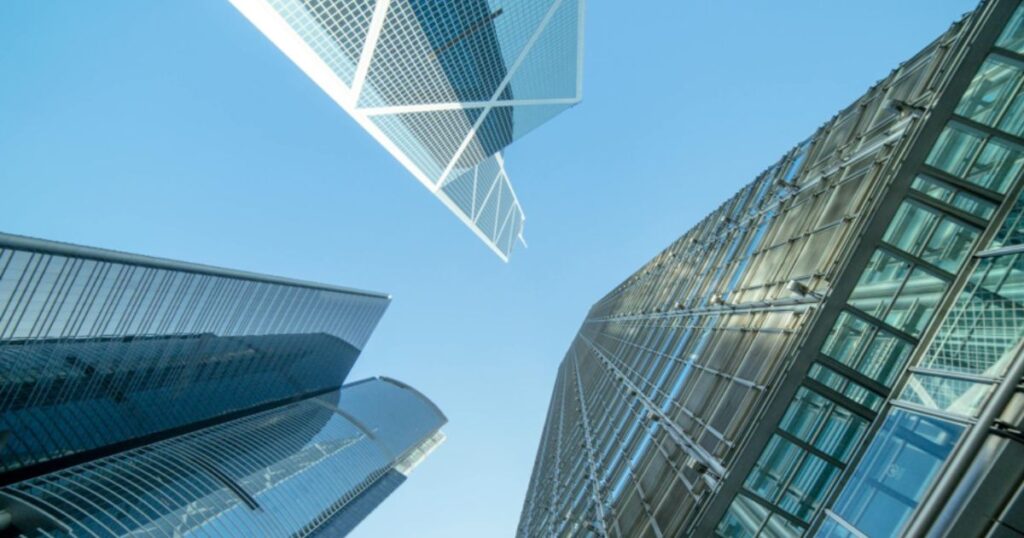Selecting the right stairs for your commercial building involves more than just aesthetic appeal; it encompasses safety, functionality, and compliance with regulations. Whether you are designing a new structure or renovating an existing one, understanding your options is crucial. The type of stairs you choose can significantly impact the overall accessibility and flow of your space. This guide will walk you through the essential considerations when choosing stairs for your commercial property.
Assess Your Building’s Needs
The first step in choosing the right stairs is to assess the specific needs of your building. Consider factors such as the building’s purpose, foot traffic, and space limitations. For example, a high-traffic retail environment may require wider stairs to accommodate large numbers of customers, while an office building might have different requirements based on its layout and usage patterns. Think about the type of activities that will occur near the stairs; will heavy equipment be transported, or will the stairs mainly serve employees and visitors? Your answers will guide your decision-making process. Additionally, consider the demographics of the building’s users.
Design and Aesthetic Considerations
The design of the stairs should align with the overall aesthetic of your building. Commercial stairs can vary greatly in style, from sleek and modern to traditional and ornate. The materials used—such as steel, wood, or concrete—play a significant role in the visual impact and durability of the stairs. For example, steel stairs often provide a contemporary look while offering the strength needed for heavy usage, whereas wooden stairs can add warmth and character to the space. Moreover, the color and finish of the stairs should harmonize with other elements of the building’s interior. A well-designed staircase can serve as a focal point, enhancing the visual appeal of the space.
Safety Features and Compliance
Safety is paramount when selecting stairs for a commercial building. Various features can enhance safety, such as non-slip surfaces, adequate lighting, and clearly marked edges. Handrails are essential and should be installed at appropriate heights to provide support.

Additionally, it’s vital to ensure that the stairs are wide enough to allow for the smooth flow of traffic, especially in busy environments. Another critical aspect of safety is compliance with building codes and regulations. Different jurisdictions have specific requirements concerning the design and construction of stairs. This includes aspects like minimum tread and riser dimensions, guardrail heights, and landing sizes. Familiarizing yourself with these codes will not only help avoid legal issues but will also ensure the safety of everyone using the stairs. For instance, when implementing commercial stair installations, it is crucial to work with experienced professionals who understand the local regulations and can provide guidance on best practices. They can help you navigate the complexities of design and ensure that your stairs are both safe and compliant.
Maintenance and Durability
Selecting stairs that require minimal maintenance is vital for long-term cost-effectiveness. The materials chosen should withstand the wear and tear of daily use while remaining visually appealing. For instance, concrete is highly durable and resistant to heavy loads, making it ideal for high-traffic areas. On the other hand, wooden stairs may need regular upkeep, including sealing and refinishing, to maintain their appearance. Regular maintenance practices should be established regardless of the material used. Routine inspections can help identify any wear or damage that may compromise safety. Investing in quality materials and craftsmanship upfront can significantly reduce maintenance needs over time, allowing you to allocate resources to other areas of your business.
Functionality and Flow
The functionality of your stairs directly influences the flow of people throughout the building. Consider how the stairs will connect different levels and how users will navigate the space. Stairs should not only be easy to access but should also allow for smooth transitions between floors. Think about the placement of the stairs; they should be strategically located to facilitate movement and avoid congestion. In some cases, it might be beneficial to incorporate additional features such as landings, which can serve as resting spots or provide space for signage.

Depending on the building’s use, you may also want to consider integrating stairs with additional accessibility features, such as nearby elevators or lifts.
Budget Considerations
Budgeting for stair construction involves assessing both the initial costs and long-term expenses. While it might be tempting to opt for the least expensive materials, doing so can lead to higher costs down the line due to maintenance and potential replacements. It’s essential to strike a balance between quality and cost. When estimating costs, consider all aspects, including design, materials, labor, and compliance fees. Engaging with a reputable contractor can provide clarity on pricing and help you understand the potential return on investment. In some cases, investing in high-quality stairs can lead to significant savings in maintenance and replacement costs, proving more cost-effective over the building’s lifespan.
Choosing the right stairs for your commercial building is a multifaceted process that requires careful consideration of various factors. From assessing your building’s needs and ensuring safety compliance to factoring in design and functionality, every element plays a crucial role in the decision-making process. By prioritizing quality and consulting with experienced professionals, you can create a staircase that not only enhances the visual appeal of your space but also meets all safety and regulatory requirements.


More Stories
Luxury Glassware for Yachts — Which Collections Are Worth Bringing On Board
Zoning Spaces Within a Single Room: Architectural Strategies for Spatial Clarity
Luxury Upgrades on a Budget: How to Achieve a High-End Look for Less